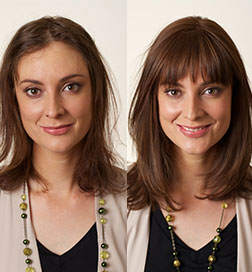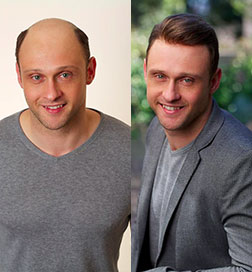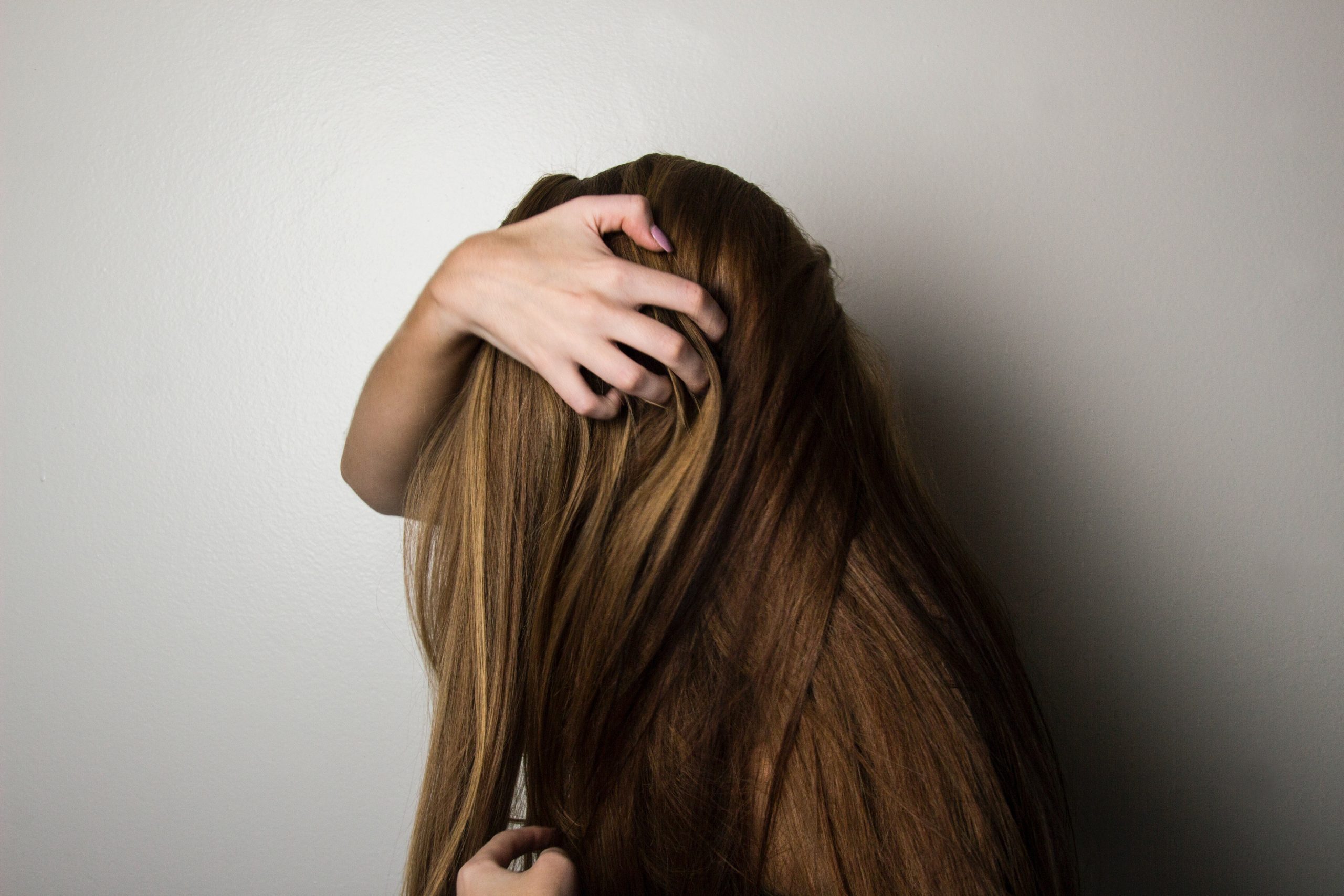Navigate the world of trichotillomania, commonly known as “hair-pulling disorder.” This guide is your roadmap to understanding this condition inside out – from its causes and symptoms to how profoundly it impacts people’s lives. We’ll dig into the possible reasons behind it and unravel the complex emotions that often come with trichotillomania. Plus, we’ll explore a range of treatments, both medical and behavioural, giving you practical insights into managing and resisting the urge to pull hair. If you’re wanting to figure out how to stop trichotillomania, this guide has you covered.
What is Trichotillomania?
So, what is trichotillomania? It is a mental health condition that involves an overwhelming urge to repetitively pull out one’s own hair, resulting in noticeable hair loss. Unlike typical hair loss conditions, trichotillomania transcends a mere physical issue. The meaning of trichotillomania is rooted in a complex interplay of psychological, genetic, environmental, and sometimes biological factors.
While other hair loss disorders might be driven by various causes, trichotillomania stands apart due to its compulsive nature, often intertwining emotional distress with the physical act of hair pulling.
Trichotillomania Symptoms
Trichotillomania symptoms may include:
- Repeated hair pulling
- Breaking off hair
- Eating hair (trichophagy)
- Relief post hair-pulling
Frequent areas for hair pulling include the scalp, eyebrows, eyelashes, beards, and pubic hair.
Complications of Trichotillomania
Prolonged trichotillomania can lead to lasting complications. Continuous hair pulling might result in permanent hair loss, noticeable bald spots, and thinning hair, often accompanied by scarring and skin irritations.
The repetitive actions can also cause physical discomfort, like itching and tingling at the sites of hair pulling. These effects can contribute to reduced self-esteem, increased social anxiety, and emotional distress, further highlighting the need for timely intervention and effective management strategies.
Causes of Trichotillomania
Trichotillomania’s causes are multifaceted. Firstly, psychological factors, like stress or anxiety, can trigger or exacerbate episodes of hair-pulling. On top of that, environmental aspects, such as trauma or adverse experiences, might contribute as well. Meanwhile, neurological differences in brain pathways linked to impulse control and emotional regulation also have implications.
In addition, genetics can also play a role and a family history of similar behaviours increases susceptibility. Understanding this connection between genetics, environment, and psychological factors is crucial for a comprehensive approach to managing trichotillomania effectively, addressing both its underlying triggers and the resulting behaviours.
Diagnosis of Trichotillomania
Trichotillomania can be diagnosed in a consultation by a general practitioner, clinical psychologist or psychiatrist. In order to diagnose you, the medical practitioner will likely consult the latest edition of the Diagnostic and Statistical Manual of Mental Disorders (DSM-5). According to the DSM-5, someone diagnosed with trichotillomania must meet the following criteria:
- Observable hair loss due to pulling
- Evidence of attempts to cease the behaviour
- Absence of alternative medical or psychological causes (such as body dysmorphic disorder)
- A consequential level of distress or impairment
The diagnostic journey can be complex, as some people might conceal their hair-pulling or deny engaging in it.
Treatment for Trichotillomania
Medical Treatments
Medical treatments for trichotillomania encompass a variety of approaches. SensiGraft, a non-surgical hair replacement system, offers a solution for those dealing with hair loss due to hair pulling. It provides a natural appearance while addressing aesthetic concerns.
Laser hair therapy is another option for trichotillomania treatment, employing low-level laser light to stimulate hair follicles and promote regrowth. Combining these treatments that focus on the physical effects of hair loss with behavioural treatments offers a comprehensive approach to tackle the underlying urges and emotional aspects associated with trichotillomania.
Behavioural Treatments
Behavioural treatments for trichotillomania offer effective strategies for managing the urge to pull hair. Habit reversal training, a cornerstone, enhances awareness of triggers and substitutes hair pulling with alternative actions. Meanwhile, cognitive-behavioural therapy (CBT) helps identify and reframe negative thought patterns associated with hair pulling.
Additionally, acceptance and commitment therapy (ACT) fosters a mindful approach to uncomfortable emotions, reducing their impact on impulsive behaviour. Plus, support groups provide a platform for individuals to share experiences and coping mechanisms.
Prevention and Coping with Trichotillomania
While preventing trichotillomania entirely may not be guaranteed, certain steps can minimise the risk. Developing healthy coping mechanisms for stress and anxiety can provide an outlet other than hair-pulling. Building a strong support system and seeking therapy can equip individuals with tools for managing trichotillomania before it escalates.
For those already affected, remember that you’re not alone. There is hope and help available. Managing trichotillomania is a journey, and seeking professional guidance and support can pave the way towards gaining control over impulses and minimising the psychological impacts that often accompany the condition.
Free Hair Loss Consultation at Transition Hair
Exploring trichotillomania’s ins and outs reveals its causes, symptoms, and deep impact. From genetics to the environment, there is no doubt this condition is complex. But there’s hope in effective treatments. At Transitions Hair, we provide solutions like wigs and SensiGraft for women, giving back not just hair but also self-assurance. Men have options, too, from hair transplants to SensiGraft, tailored to their needs. Let Transition Hairs be your partner in this journey, offering support and professional guidance to take control of trichotillomania. So, contact us today to find the best treatment option for you and embrace a life with renewed confidence.





